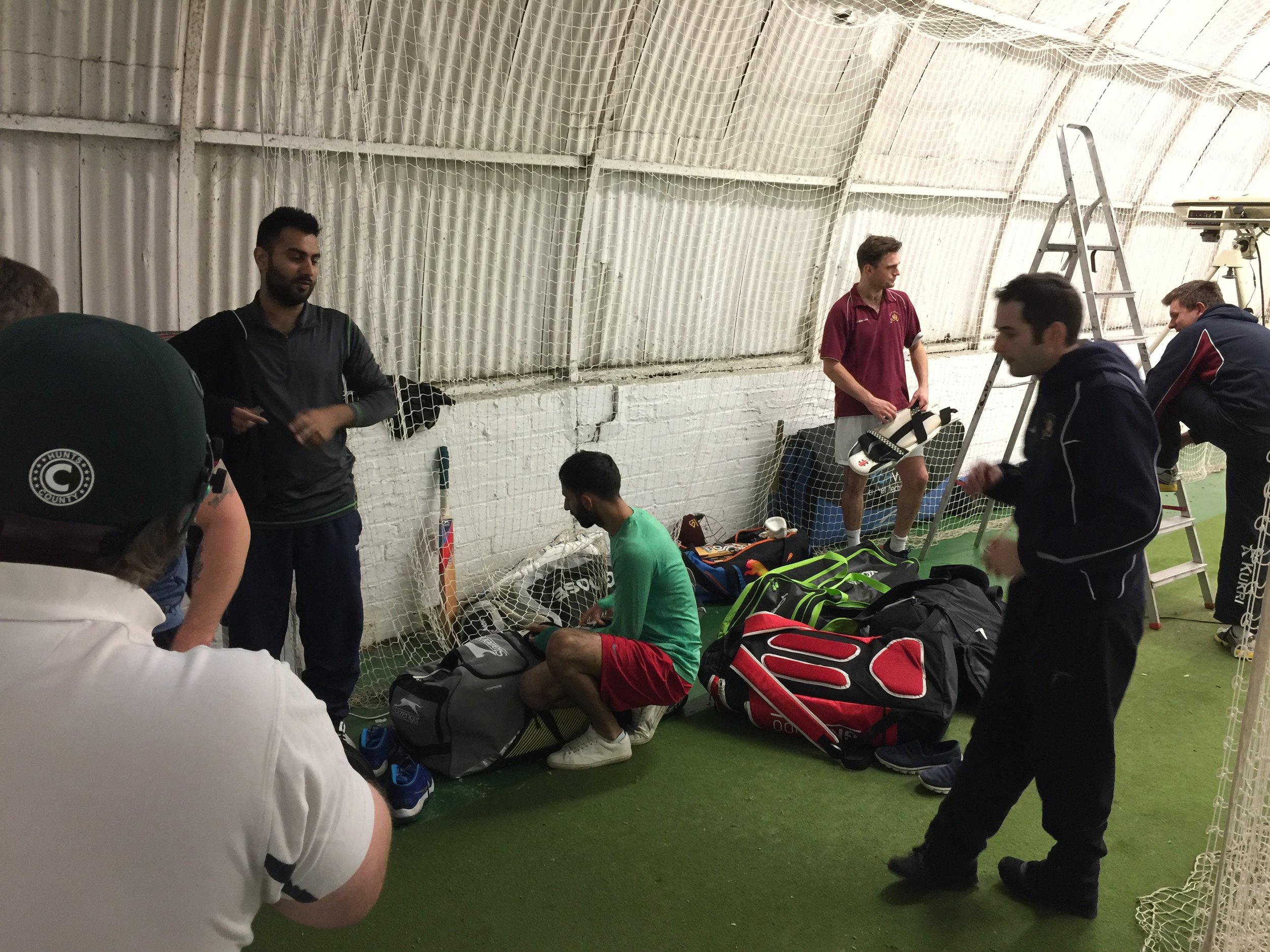As the season progresses, I am keeping my eye on how we are doing against better sides to gauge how ready we are to play Premier League cricket.
We have played Premier opposition a few times this season and competed in most games despite results being mixed.
It's hard to gauge things exactly due to the nature of the matches: midweek T20 (four games), Scottish Cup (two games) and a preseason friendly mean no opposition was at full strength, but often neither were we. Nevertheless, here's what we have learned.
- Tactics. Our tactical approach has worked well against Division One teams but has only really succeeded a couple of times at higher levels. We need to think about; how to bowl to set professional batsmen (more variety), and how to rotate the strike against better bowling and fielding units.
- Fielding. Fielding has been good in places but still too many catches dropped at key times, most notably in the slips where we only catch half our chances. One opening bowler has had just 33% of his chances snaffled. An area to work on.
- Bowling. We have been on point with both seam and spin this year. The attack has skill and variety with both dot ball and wicket taking bowling. If we maintain these levels, we will continue to bowl sides out in Premier cricket.
- Runs. Run scoring is vastly improved this year, but we still have had a few sub-par moments against better sides. We recovered well in one cup game - which should give us confidence - but fell apart in another. I will work with individuals to build confidence. On game days, I try to build a confident atmosphere in the side that a couple of wickets falling does not wreck everyone's nerves.
- Depth. Squad depth has not been tested much against better teams. We much have a plan for playing second string guys when we come up against strong opposition.
Overall, I feel we are in a strong position so far. We do not lean on any one player too much and all the key players are Premier League ready with both skills and confidence. The rest of the season is about continuing to develop those skills so we feel as ready as we can. If we do that we will go up as champions and stay in the top division easily.













